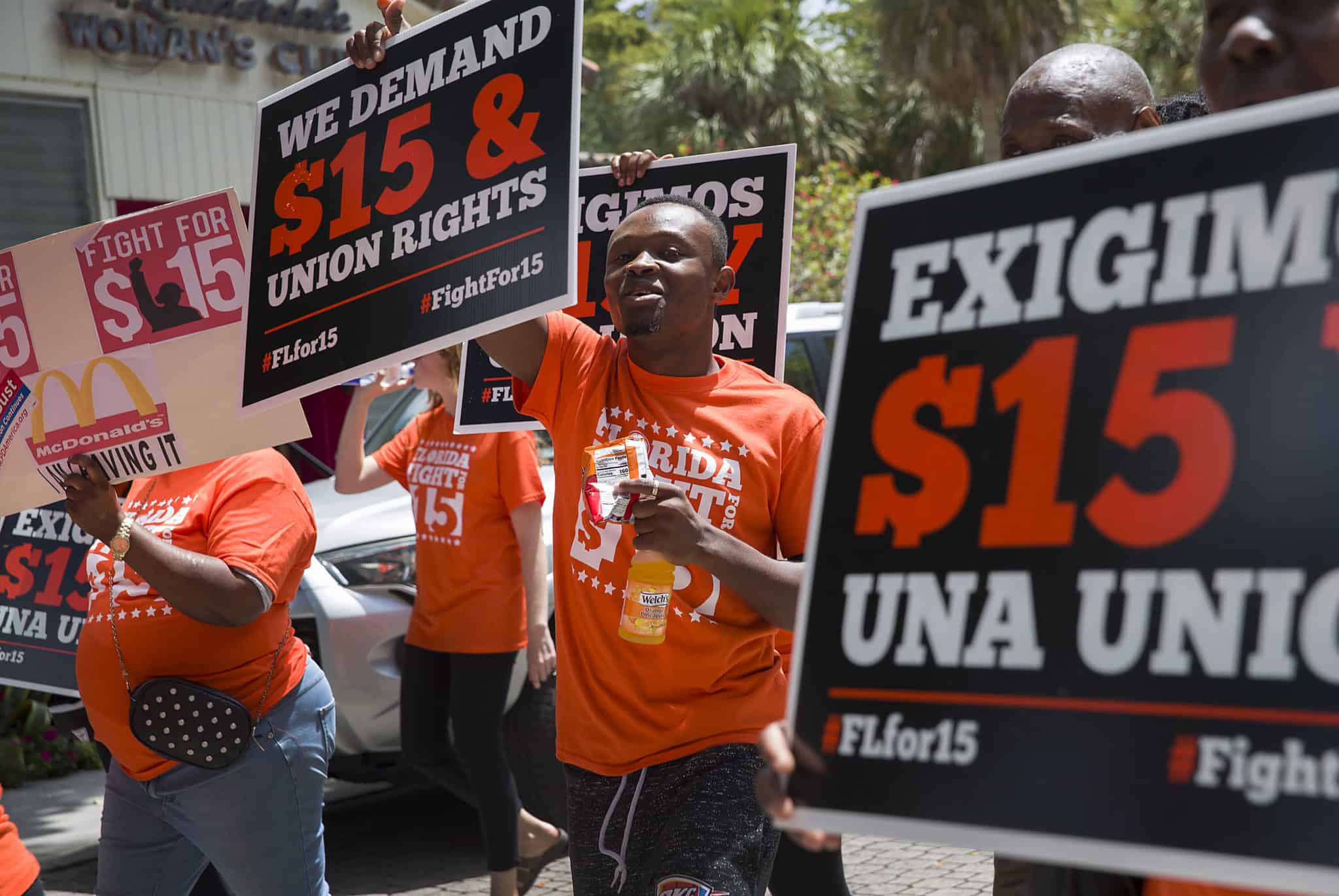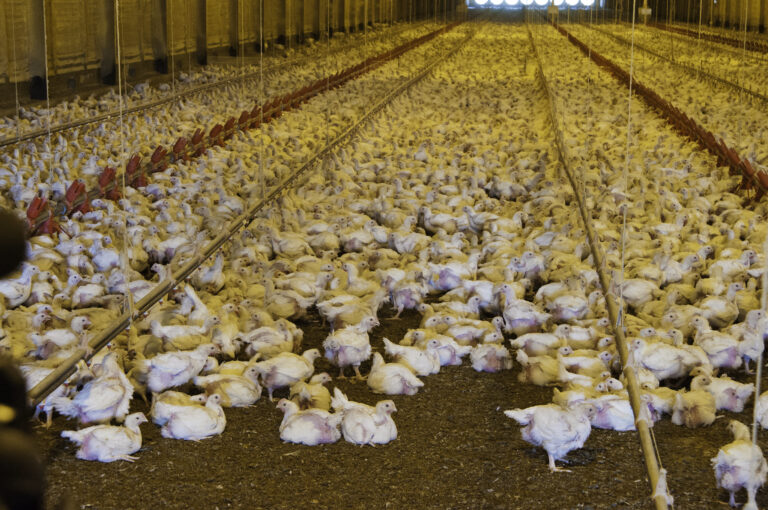
Minnie Che is a student at Harvard Law School.
In case you missed it, OnLabor covered Proposition 22’s successful passage in California. With 58% of the vote, the law will provide an exemption to employment law for Lyft and Uber to allow them to treat their workers as independent contractors. Lyft, Uber, joined by DoorDash, Instacart, and Postmates, put in over $204 million towards a campaign in support of the ballot measure. Labor unions, on the other hand, raised just $16 million. Not only is this a victory a major loss for drivers who will be unable to receive employment benefits on the job, but the direct marketing campaign could act as a precedent for future powerful interests who wish to sidestep government using their immense financial resources.
Another important ballot measure in California was Proposition 16, an affirmative action ballot initiative that would have repealed a 1996 measure banning the use of race-based and sex-based affirmative action. However, the measure did not pass, with 56.1% of voters rejecting it. Coalition of Civil Rights leaders and labor unions fought in support of the ballot measure, which would have been “a significant step toward dismantling structural racism which has historically held people of color and women behind in hiring, promotions and state university admissions decisions.” Prop 16 was endorsed by Kamala Harris, Gavin Newsom, the California NAACP, founders of Black Lives Matter, Dr. Bernice King, the ACLU, the California Black Chamber of Commerce, teachers, nurses, firefighters and more than 400 organizations.
In Florida, Amendment 2, a minimum wage ballot initiative that will raise the state’s minimum wage to $15 an hour by 2026 from $8.56 now, was passed with over 61% of the vote. Florida is one of eight states in the process of raising minimum wages to $15 an hour, joining California, Illinois, Maryland, Massachusetts, New Jersey, New York and Connecticut. The federal minimum wage is currently $7.25 an hour. While Joe Biden supports a $15 minimum wage, Donald Trump believes the issue should be left up to the states. Labor’s victory in Florida is part of a large advocacy movement, Fight for $15, that is focused on getting corporations to raise wages to that minimum. In Florida, attorney and businessman John Morgan bankrolled the effort to get the measure on the ballot, putting in more than $5 million of his own money, saying “What I personally believe the unrest in America is really all about, whether you’re a Bernie bro or a Trump supporter in the Midwest — it’s about income inequality. Every great society can crumble because the haves have too much and the have-nots don’t have enough.”
Recreational and medical marijuana is another measure on five states’ ballots. Four states have voted to approve of ballot measures legalizing recreational marijuana. In Arizona, New Jersey, and Montana, recreational marijuana was approved; while South Dakota became the first state to approve both recreational and medical marijuana measures at the same time. Mississippi also passed an initiative to legalize medical marijuana. These initiatives are only the first step in the legalization process, as state legislatures will now need to set up their own regulatory structures. In New Jersey, recreational marijuana is expected to bring in $210 million in state taxes. Although it could be months before customers will be able to buy it, cannabis purchases will be subject to a 6.6% sales tax with a likely extra 2% tax from municipalities. Before Election Day, 11 states and Washington DC had legalized marijuana, although DC still bans recreational sales. Legalization will have an effect on arrests, state economies, black markets for illicit marijuana, and employment lawsprotecting medical or recreational marijuana use.
The U.S. Department of Labor announced a final rule that will allow for farms to pay their H-2A workers lower wages. This is a victory for U.S. farmers who have complained of high labor costs. With this new rule, the Department of Labor is changing its methodology for determining Adverse Effect Wage Rates (AEWRs), which ensures that farmers will not disadvantage domestic workers by importing cheaper foreign labor. However, changes to the AFWRs may do the opposite by encouraging farmers to rely more on foreign workers they can now pay less. The rule stabilizes the wage rate for the vast majority of agricultural jobs through 2022 by using the average hourly wages for field and livestock workers, as reported by the USDA’s Farm Labor Survey in November 2019. DOL will adjust these AEWRs annually beginning in 2023 by the percentage change in the Bureau of Labor Statistics’ (BLS) Employment Cost Index for wages and salaries for the preceding 12-month period. For supervisory or higher skilled jobs, DOL will set and annually adjust the AEWRs using the average hourly wages for the occupational classification reported by the BLS Occupational Employment Statistics (OES) Survey program.






Daily News & Commentary
Start your day with our roundup of the latest labor developments. See all
December 12
OH vetoes bill weakening child labor protections; UT repeals public-sector bargaining ban; SCOTUS takes up case on post-arbitration award jurisdiction
December 11
House forces a vote on the “Protect America’s Workforce Act;” arguments on Trump’s executive order nullifying collective bargaining rights; and Penn State file a petition to form a union.
December 8
Private payrolls fall; NYC Council overrides mayoral veto on pay data; workers sue Starbucks.
December 7
Philadelphia transit workers indicate that a strike is imminent; a federal judge temporarily blocks State Department layoffs; and Virginia lawmakers consider legislation to repeal the state’s “right to work” law.
December 5
Netflix set to acquire Warner Bros., Gen Z men are the most pro-union generation in history, and lawmakers introduce the “No Robot Bosses Act.”
December 4
Unionized journalists win arbitration concerning AI, Starbucks challenges two NLRB rulings in the Fifth Circuit, and Philadelphia transit workers resume contract negotiations.